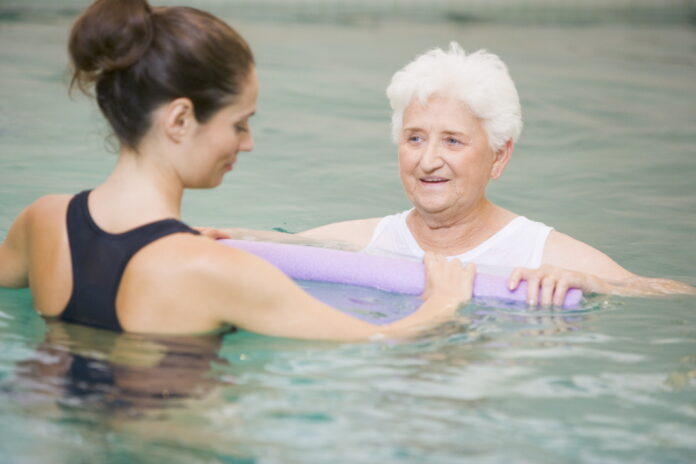
By Winston Lee L. Ac, Ph.D., KMD
Due to the high cost of medical expenses, many people in the U.S. are considering using alternative methods rather than seeing a medical doctor. When they get a cold or toothache, they commonly take Advil or Tylenol without hesitation. When it comes to lower back pain or neck stiffness, the most popular alternative therapy is either using the upside-down table or taking a deep tissue massage.
The upside-down table is called the inversion table. You lie on it and then tip it, so you lean back at an angle or are upside down. You hang this way for a few minutes. It can decompress the whole spine because your head is pulling the spinal colon down. It looks beneficial and could relieve the pain. In short, I do not recommend using the table to my patient. Dr. Edward R. Laskowski, in Mayo clinic, M.N. says Inversion tables cause to slow down of a patient’s heartbeat and the blood pressure to rise. Patients feel uncomfortable sensations in their eyes after they get up. Because of these effects, they’re risky if you have high blood pressure, glaucoma or any other eye disease, heart disease, a history of strokes, hiatal hernia, inner ear problems, or are pregnant.
A patient was taking my treatment, and he felt a lot less pain than before. But he started to use the upside-down table. And he found that his ache worse. From my experience, this side effect usually happens, especially among the elder and females. It means their muscle density is not dense and robust enough to support the weight against gravity and support their whole body. I assume that movement like an upside-down body position put too much stress on the fibers of the muscle. In case the muscle fibers reach their limit, it causes an injury. I know that most of the cases are safe and acceptable, but I cannot recommend it to my patient as a doctor if an unignorable amount of evidence hurts them.
I instead suggest walking or swimming in the water. Exercising in water is the safest and effective method to let the body float and decompress. At the same time, the patient needs to strengthen the back muscles such as the erector and quadratus lumborum muscles with walking or jogging regularly.
The second therapeutic method which the patient prefers has to take a massage. Generally speaking, massage is excellent to treat any stiffness in the neck and back muscle and also useful to get rid of mental stress. But from time to time, some patients are suffering after taking deep tissue massage, which performs by foot and elbow pressing. They expected to remove the pain, but it got worse after the massage, unfortunately. The Swedish massage is safer than Thai style massage in most cases. Swedish involves soft, long, kneading strokes, as well as light, rhythmic, tapping strokes, on topmost layers of muscles.
It is typical for using the weight of a therapist and is more aggressive. As you expect, most of the side effects of massage are coming from the Thai style – harder and stronger massage. It could cause damage to the muscle fiber during the aggressive pressure to the muscle. Imagine when you pull hard an opening of a round neck sweater. You might see the opening become wide and loose because the elastic fiber in the opening has damaged.
That is why I always recommend my patients to take Swedish massage when they want to do it, especially if the muscle volume of the patient is smaller than others or the age of a patient is older than 50’s. I always tell my patients to respond to the massage therapist as they feel unbearable pain during the massage without any hesitation. The intolerable pain during the massage means that there is an injury in the muscle, and it’s not worth to bear that much pain.
As a practitioner, we need to keep the focus on the patient’s daily life and to ask any suspicious thing whenever the outcome of the treatment is not as good as expected. And we should tell them too much is as bad as too little.
































